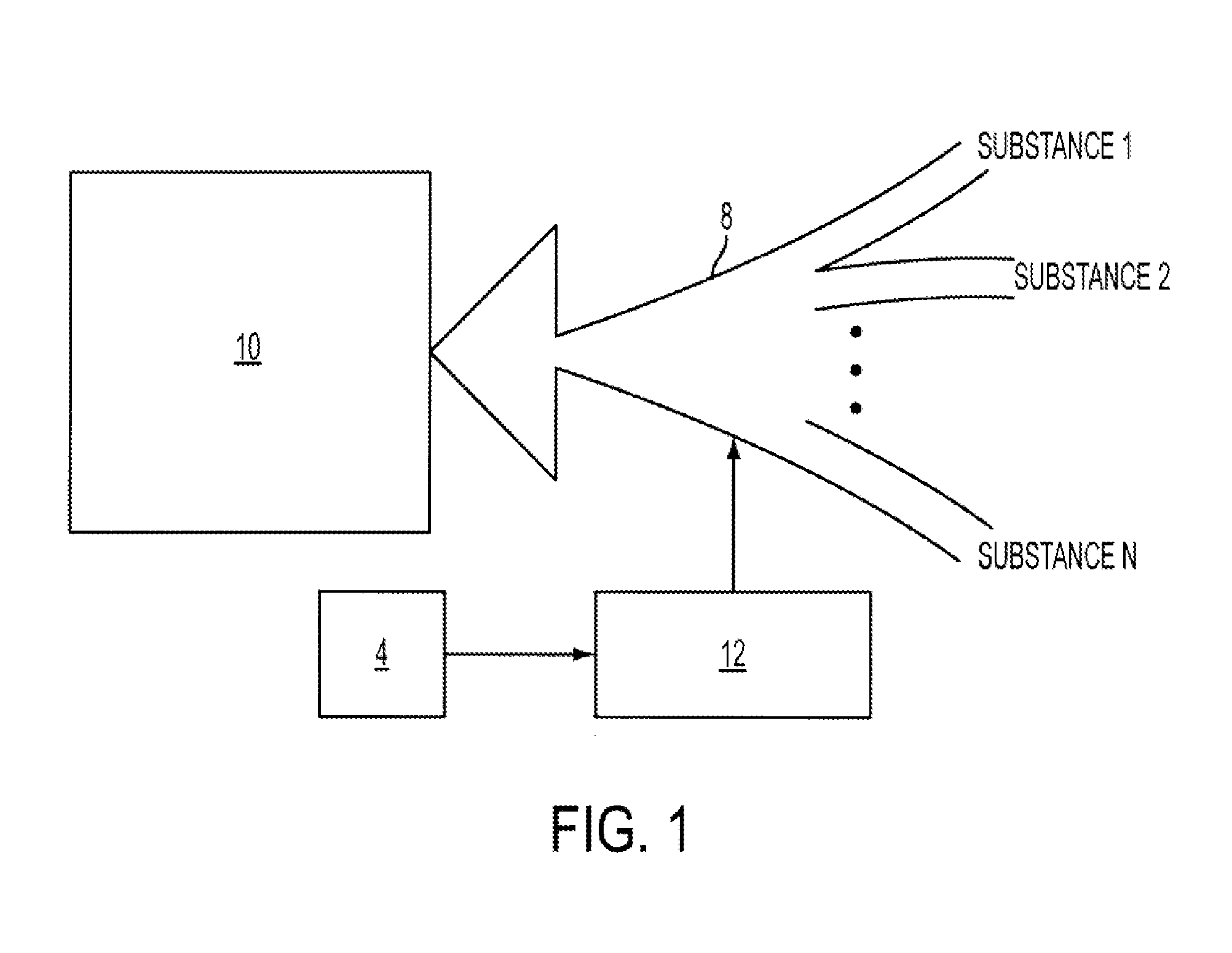Multiple Combustion Mode Engine Using Direct Alcohol Injection
- Summary
- Abstract
- Description
- Claims
- Application Information
AI Technical Summary
Benefits of technology
Problems solved by technology
Method used
Image
Examples
Embodiment Construction
[0012]Gasoline engines, particularly those with a boosting device, may employ a variable direct injection of a knock suppressing fuel such as an alcohol or alcohol blend to provide improved performance. As one prophetic example, an engine including a turbocharger and a high compression ratio along with selective and variable ethanol direct injection in addition to gasoline injection may achieve a 20%-30% increase in efficiency over a naturally aspirated spark ignition engine of larger size delivering the same torque and power. The directly injected ethanol provides a large knock suppression effect from the evaporative cooling of the fuel / air charge within the cylinder of the engine. This improvement in efficiency can enable the engine to be substantially downsized and / or operate at a higher compression ratio while providing a similar level of performance. These efficiency gains may be even further increased by use of a controlled auto-ignition e.g. a homogeneous charge compression i...
PUM
 Login to View More
Login to View More Abstract
Description
Claims
Application Information
 Login to View More
Login to View More - R&D
- Intellectual Property
- Life Sciences
- Materials
- Tech Scout
- Unparalleled Data Quality
- Higher Quality Content
- 60% Fewer Hallucinations
Browse by: Latest US Patents, China's latest patents, Technical Efficacy Thesaurus, Application Domain, Technology Topic, Popular Technical Reports.
© 2025 PatSnap. All rights reserved.Legal|Privacy policy|Modern Slavery Act Transparency Statement|Sitemap|About US| Contact US: help@patsnap.com



